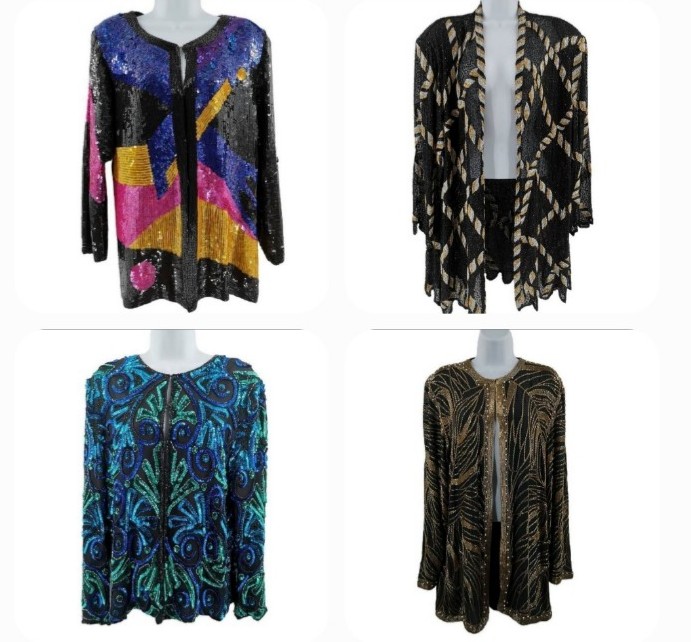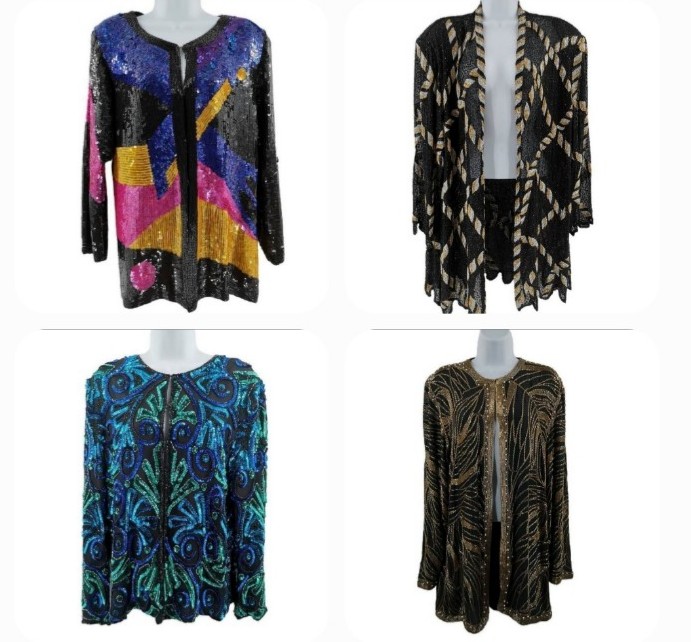To determine how much money your business, Ex. “Daunais Vintage”, needs, you can follow these steps:
1. Estimate Startup Costs
Identify all upfront expenses for starting and maintaining your business (inventory, tools, branding, website costs, etc.).
Example categories:
Inventory: Vintage items purchased or yet to be sourced.
Tools/Software: Ex. Oneshop ($45/month), Photoroom ($4.99/week), ChatGPT ($19.99/month) subscription.
Marketing/Branding: Logo, ads, social media boosts.
Shipping Supplies: Boxes, labels, packaging.
2. Calculate Monthly Operating Costs
Include fixed costs like subscriptions, rent (if applicable), and shipping costs.
Account for variable costs, such as inventory replenishment and marketing.
Add a buffer for unexpected expenses.
3. Set Revenue Goals
Define how much you aim to sell monthly and how much profit you want to make per sale.
Use your pricing strategy to estimate sales volume needed to cover expenses and desired income.
4. Determine Breakeven Point
Calculate when your revenue will equal expenses to understand when you’ll turn a profit.
Formula: Breakeven = Fixed Costs ÷ (Price per Item – Variable Cost per Item).
5. Plan for Growth
Consider additional funds needed for scaling, like increasing inventory or boosting marketing.
Include reserves for reinvesting in your business.
6. Create a Budget
Organize your projected income and expenses into a budget.
Use tools like spreadsheets or budgeting software for accuracy.





